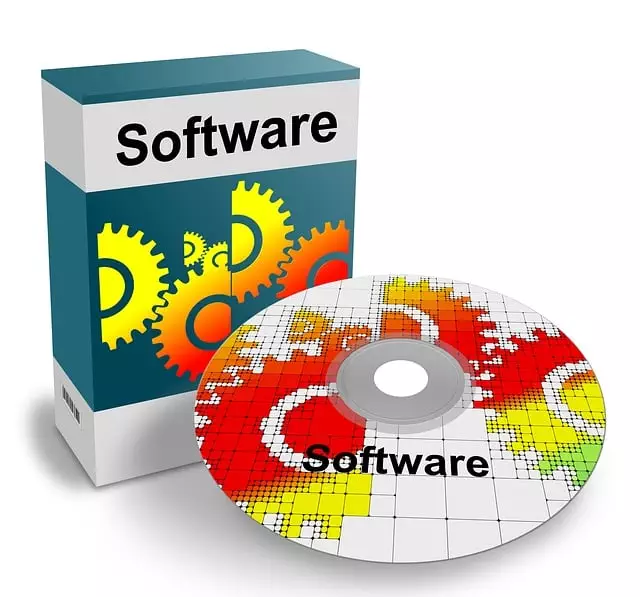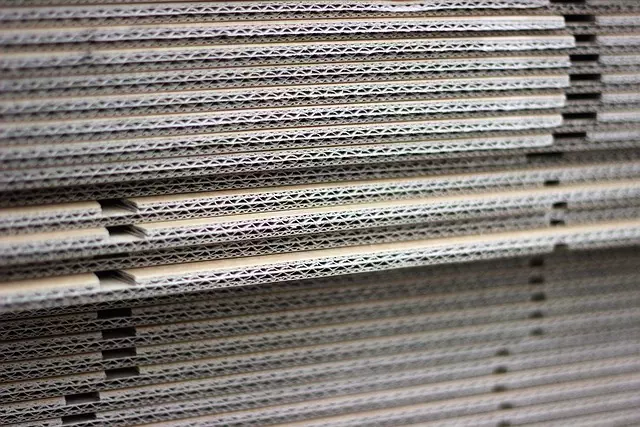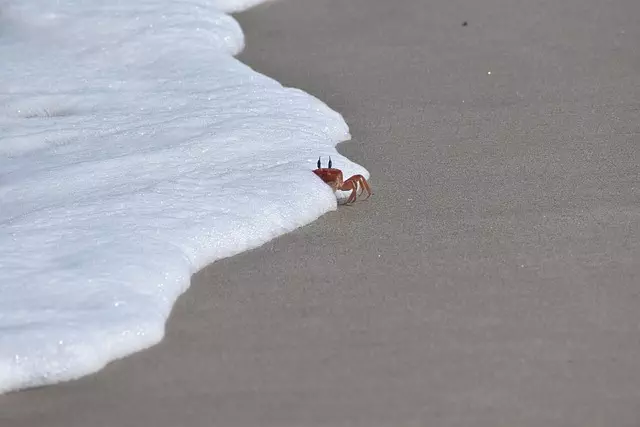Optimizing Heavy Item Shipping: Custom Foam Packaging Solutions
Shipping heavy and fragile items requires specialized custom foam packaging that offers eco-friendly…….
Foam Packaging: A Comprehensive Overview for Indianapolis
Introduction:
In the heart of the Midwest, Indianapolis stands as a hub for commerce and industry, with a burgeoning need for efficient packaging solutions. Among these, foam packaging has emerged as a critical component in protecting goods during transport, ensuring their safe arrival, and maintaining customer satisfaction. This article delves into the intricacies of foam packaging specific to Indianapolis, exploring its relevance, environmental impact, technological advancements, and future prospects. Readers will gain a comprehensive understanding of this niche market and its significance within the broader economic and logistical landscape.
Understanding Foam Packaging Indianapolis:
Foam packaging refers to protective packaging materials made from various foam types, including polystyrene (PS), polyethylene (PE), and expanded polystyrene (EPS). These materials are renowned for their shock-absorbing properties, which make them ideal for safeguarding a wide array of products during shipping. Indianapolis, with its centralized location and robust industrial sector, has become a focal point for the production and distribution of foam packaging solutions.
The core components of foam packaging include pre-molded cases, custom-molded foam inserts, protective corner guards, and foamed-in-place packaging. These materials are tailored to meet specific product dimensions and protection requirements, ensuring that items from delicate electronics to fragile glassware arrive undamaged.
Historically, the use of foam packaging has evolved alongside advancements in manufacturing technology and an increasing focus on supply chain efficiency. In Indianapolis, this evolution is mirrored by the city’s strategic positioning, which facilitates the movement of goods across various regions, making it a prime location for the foam packaging industry.
Global Impact and Trends:
The impact of foam packaging extends beyond local borders, influencing global trade dynamics. The demand for protective packaging is driven by sectors such as electronics, automotive, pharmaceuticals, and e-commerce, which have seen significant growth worldwide. Indianapolis, being a key player in the automotive industry, has a substantial influence on the demand for high-quality foam packaging solutions.
Key trends shaping the trajectory of foam packaging include the development of more sustainable materials to address environmental concerns and advancements in automation and machine learning to improve production efficiency. The global market for foam packaging is witnessing a shift towards biodegradable and recyclable options, reflecting a broader trend towards sustainability.
Economic Considerations:
The economic aspects of foam packaging in Indianapolis are multifaceted. Market dynamics indicate a healthy growth trajectory, with investment patterns showing a steady flow of capital into research and development (R&D) for new materials and manufacturing technologies. The role of foam packaging within economic systems is pivotal, as it not only protects products but also contributes to the local economy by creating jobs and stimulating industry growth.
Foam packaging manufacturers in Indianapolis are integral to the state’s economy, with many small and medium-sized enterprises (SMEs) thriving alongside larger corporations. The economic impact is further amplified through the supply chain, as the demand for foam packaging drives related industries such as raw material suppliers and logistics providers.
Technological Advancements:
Technological advancements in foam packaging are focused on improving performance while reducing environmental impact. Innovations include the development of lighter-weight foams that offer equivalent protection, the use of non-toxic chemicals in production, and the implementation of smart packaging technologies that can monitor product conditions during transit.
Future potential lies in the integration of IoT (Internet of Things) sensors within foam packaging to provide real-time data on product safety and delivery status. This could lead to a paradigm shift in logistics and supply chain management, with Indianapolis at the forefront of these advancements.
Policy and Regulation:
The governance of foam packaging in Indianapolis is guided by a mix of local, state, and federal regulations. Policies range from environmental standards for production processes to safety requirements for the packaging itself. The Environmental Protection Agency (EPA) plays a key role in regulating the disposal and recycling of foam materials.
Legislative frameworks, such as the Clean Air Act and the Resource Conservation and Recovery Act (RCRA), influence the industry by setting benchmarks for sustainable practices and waste management. These regulations not only protect the environment but also ensure that Indianapolis remains a competitive player in the global market.
Challenges and Criticisms:
The foam packaging industry in Indianapolis faces several challenges, including environmental concerns over non-recyclable materials and criticism over the contribution of certain foams to greenhouse gas emissions. Additionally, fluctuating raw material costs and global trade tensions can impact production and pricing.
To overcome these issues, stakeholders are investing in R&D for sustainable alternatives, such as biodegradable or compostable materials. Strategies also include improved recycling programs and the development of a circular economy model where materials are reused and repurposed.
Case Studies:
Several Indianapolis-based companies have made significant strides in foam packaging innovation. One such company, EcoFoam Inc., has developed a proprietary foam made from recycled content that maintains high performance while being environmentally friendly. Another, ProtectAll Solutions, has pioneered an on-site foaming service that reduces waste and improves efficiency for their clients. These case studies exemplify the industry’s commitment to innovation and sustainability.
Conclusion:
Foam packaging plays a crucial role in protecting goods during transportation, influencing economic activity, and responding to technological and regulatory changes. In Indianapolis, the industry is characterized by a strong network of manufacturers, a strategic geographic location, and a commitment to innovation and sustainability. The ongoing evolution of foam packaging will continue to impact global trade dynamics, local economies, and environmental policies, making it a sector to watch in the coming years.

Shipping heavy and fragile items requires specialized custom foam packaging that offers eco-friendly…….

In a push for environmental sustainability, custom foam packaging is gaining popularity as an eco-fr…….

Custom foam packaging is a dynamic solution for brands aiming to enhance product protection while cu…….

Construction materials often face challenges in transportation due to their physical vulnerabilities…….

Custom foam packaging, leveraging eco-friendly materials, emerges as a game-changer in chemical tran…….

Modular foam packaging is a revolutionary, sustainable solution for product protection and shipping,…….

Custom foam packaging is a cutting-edge solution offering tailored, eco-friendly protective inserts…….

Custom and eco-friendly foam packaging offers a sustainable, versatile solution for product protecti…….

Foam packaging, led by custom and eco-friendly options, is revolutionizing shipping with superior pr…….

Custom foam packaging for beverages is a cutting-edge, sustainable solution offering superior shock…….